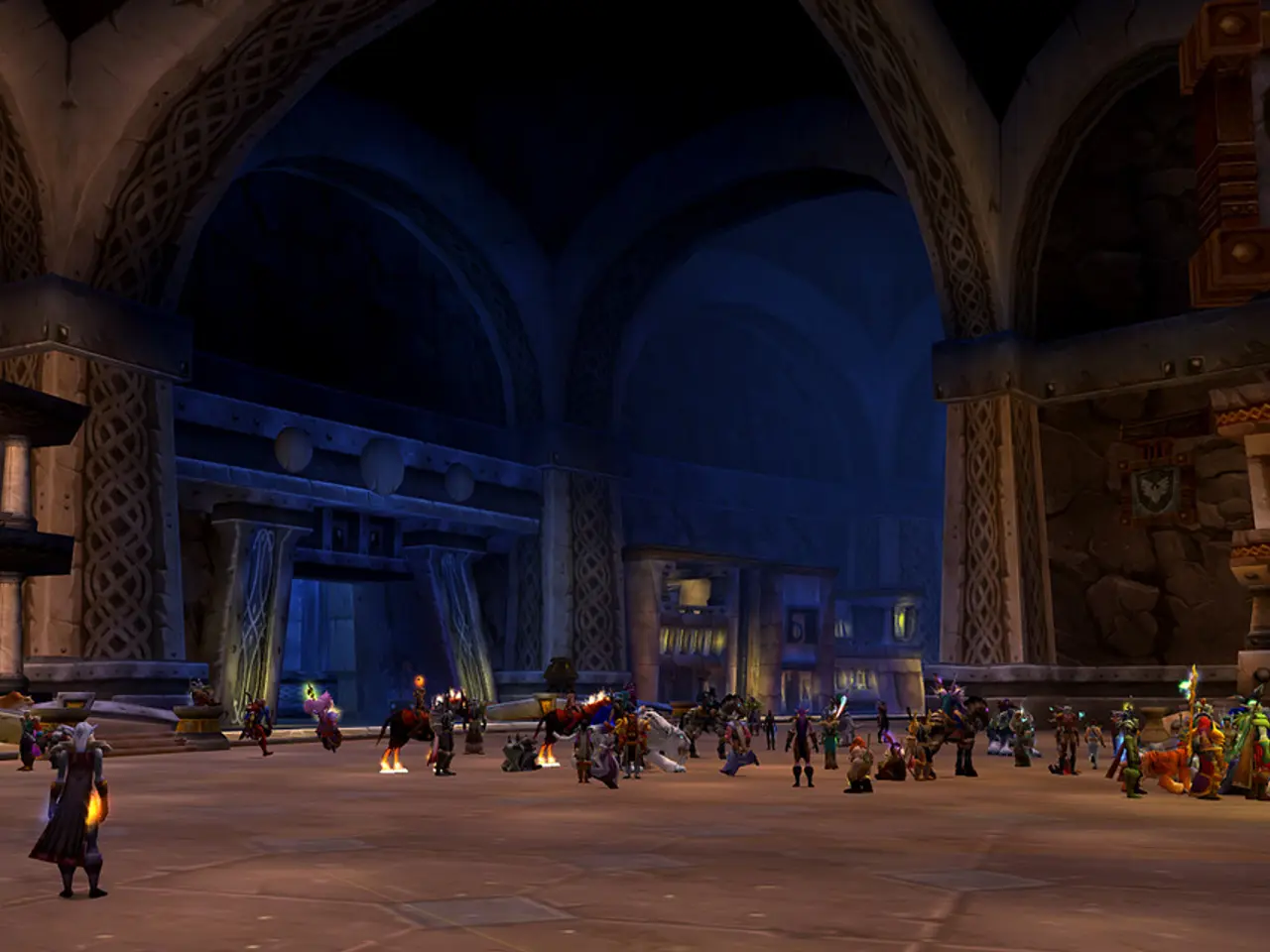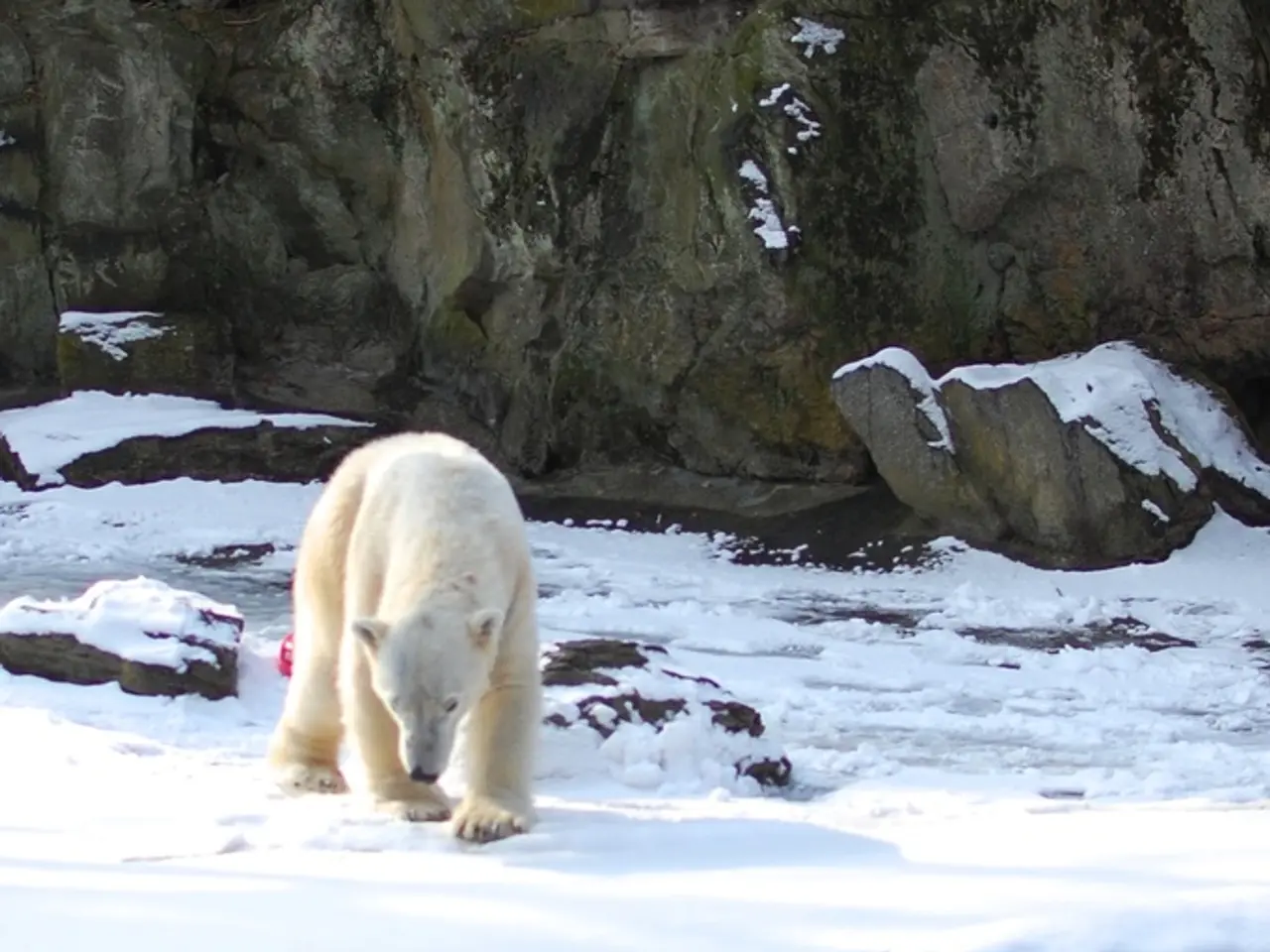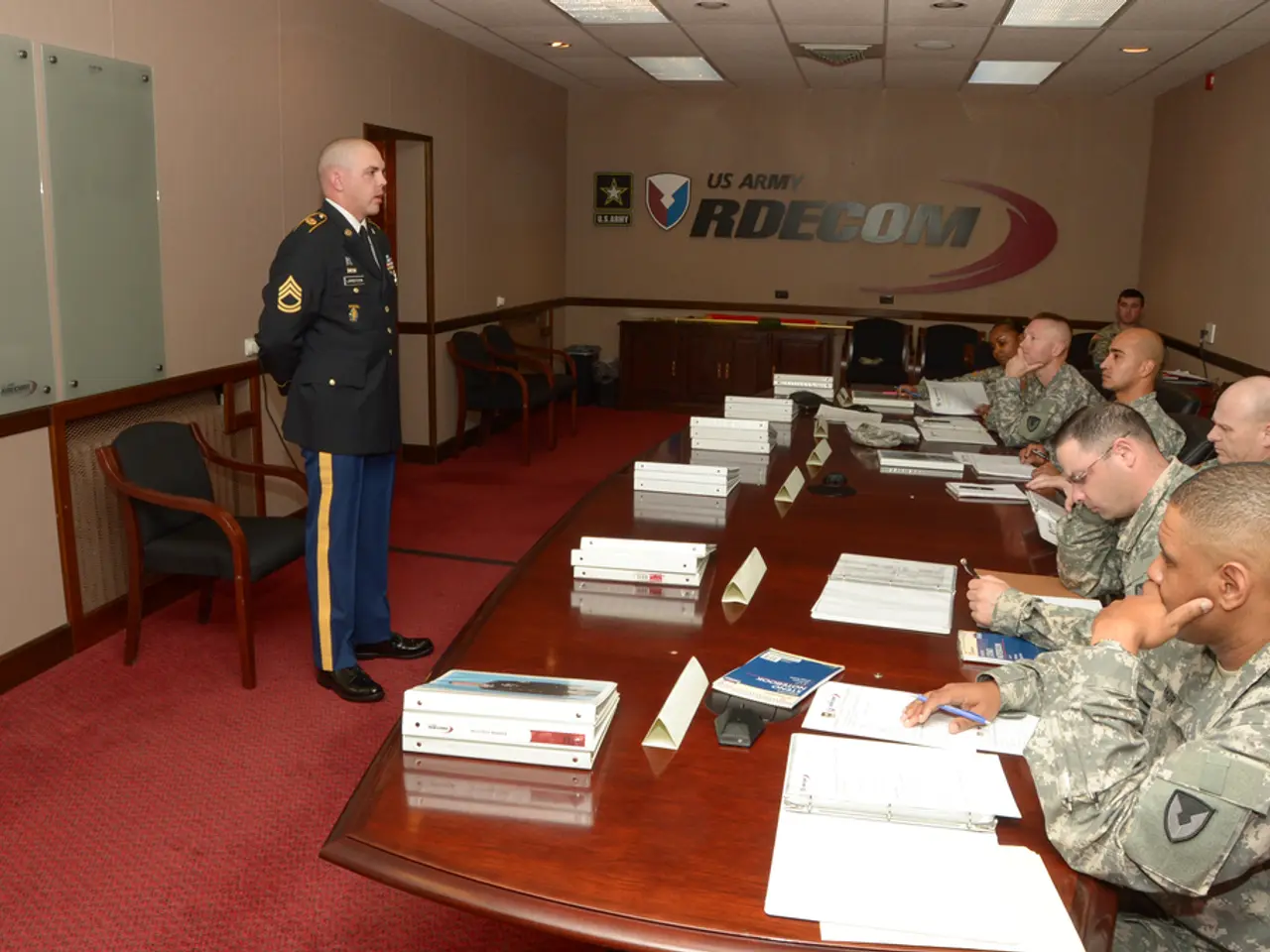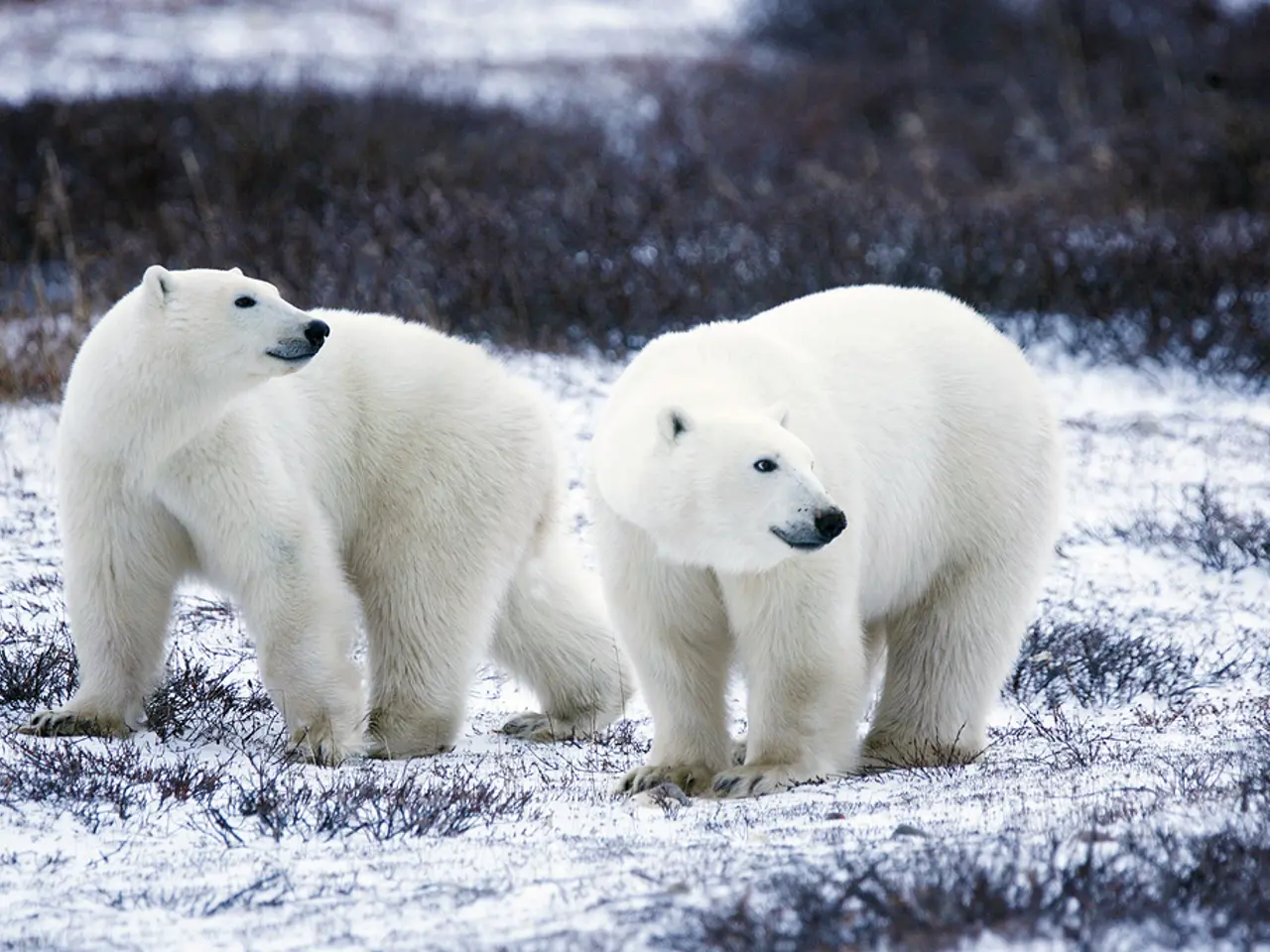Investigating UFO sightings in the US: Insight into the largest database cataloging alleged alien encounters
Uncovering the Mystery of UFO Hot Spots: A Study by University of Utah Researchers
The National UFO Reporting Center (NUFORC), a nonprofit organization founded in 1974, has been collecting, recording, corroborating, and investigating reports of unidentified flying objects (UFOs) or unidentified anomalous phenomena (UAPs) from individuals across the United States and beyond [1][3]. NUFORC aims to provide a centralized, public database for UFO sightings, making the information openly accessible, and tries to verify what witnesses are seeing, distinguishing between explainable objects and truly unidentified phenomena [1].
Associate Professor Simon Brewer of Geography at the University of Utah led a team of researchers who examined the spatial distribution of UFO reports and their relation to the local environment [4]. The study found that there are indeed geographical areas where UFO sightings are more frequent. According to the data, the top 10 locations in the US based on the number of UFO reports as of June 20, 2025, were California, Florida, Washington, Texas, New York, Pennsylvania, Arizona, Ohio, Illinois, and North Carolina [5].
Interestingly, the researchers identified "hot spots" where the highest number of UFO reports came from, including Arizona, Nevada, Oregon, Washington, New England (especially Maine, New Hampshire, and Vermont), and California (with patches of relatively low UFO reports) [6]. However, they also found "cold spots" in Alabama, Louisiana, and Mississippi [7].
The team analyzed various factors contributing to UFO sightings. They looked at the sky view potential (tree canopy cover, cloud cover, and light pollution) and the potential for objects to be present in the sky (e.g., near military bases and airports) [4]. Richard Medina, another associate professor of geography at the University of Utah, explained that some hot spots are related to areas with a cultural connection to UFOs and military bases [8].
NUFORC receives thousands of reports annually (over 2,000 in the first half of 2025 alone) [9]. Many of these reports come with blurry images and lacking key details like precise locations or times [10]. When making a report to NUFORC, a person must state when and where it occurred, the shape of the object, a summary, and, if possible, media footage [11].
Common types of UFO sightings reported to NUFORC include a wide range of visual phenomena observed by civilians, military personnel, police, and air traffic controllers. Many reported cases turn out to be known objects such as balloons, drones, planets, and stars, but a significant minority (roughly 3%) remain unexplained and are worthy of further investigation [3].
The US Department of Defense changed the name of UFOs to "unidentified anomalous phenomena" or UAPs to reduce the stigma that may come with reporting any sightings [2]. If you see something weird in the night sky, the researchers suggest taking a photo, checking a satellite tracker, and giving NUFORC an email [6].
It's important to note that UFO reporting matters for national security, as knowing what's flying around is crucial [12]. The National UFO Reporting Center (NUFORC) has processed over 180,000 reports since its inception and launched its website in 1995 for reporting UFO sightings [1][10].
The first recorded UFO report can be traced back to a fourth-century Chinese tome [1]. Today, NUFORC continues to be a valuable resource on the internet, serving as one of the main civilian channels for documenting UFO activity in the U.S., complementing other organizations like the Mutual UFO Network (MUFON), and sometimes sharing data with researchers and government institutions when significant cases arise [2][3].
[1] https://www.nuforc.org/ [2] https://www.sciencedaily.com/releases/2020/06/200611111459.htm [3] https://www.sciencedirect.com/science/article/pii/S2214629619302315 [4] https://www.sciencedaily.com/releases/2021/06/210614133217.htm [5] https://www.sciencedaily.com/releases/2021/06/210621141705.htm [6] https://www.sciencedaily.com/releases/2021/06/210621141705.htm [7] https://www.sciencedaily.com/releases/2021/06/210621141705.htm [8] https://www.sciencedaily.com/releases/2021/06/210621141705.htm [9] https://www.sciencedaily.com/releases/2021/06/210621141705.htm [10] https://www.sciencedaily.com/releases/2021/06/210621141705.htm [11] https://www.sciencedaily.com/releases/2021/06/210621141705.htm [12] https://www.sciencedaily.com/releases/2021/06/210621141705.htm
- The study by University of Utah researchers, focused on space-and-astronomy, found that certain geographical regions, such as Arizona, Nevada, Oregon, and Washington, have a higher number of UFO sightings, which could be related to technology like drones or military bases.
- The National UFO Reporting Center (NUFORC) receives thousands of technology-driven reports each year, with a significant minority remaining unexplained and warranting further research in science.
- In the entertainment industry, numerous films and TV shows have been inspired by unidentified flying objects (UFOs) and unidentified anomalous phenomena (UAPs), often portraying them as mysterious and extraterrestrial.
- As part of their research, University of Utah scientists examined the environment, looking at factors such as sky view potential and object presence, to better understand why some areas may have a higher frequency of UFO sightings.







